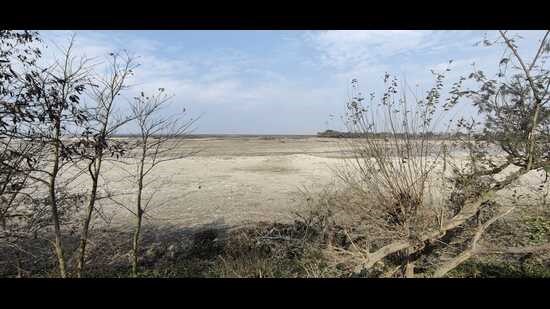Free Courses Sale ends Soon, Get It Now


Free Courses Sale ends Soon, Get It Now



Disclaimer: Copyright infringement not intended.
Context: Uttar Pradesh irrigation department drained out the Haiderpur wetland, forcing tens of thousands of migratory birds to leave the most prominent migratory bird nesting site in western Uttar Pradesh.
Details:
About:
Species:
© 2024 iasgyan. All right reserved